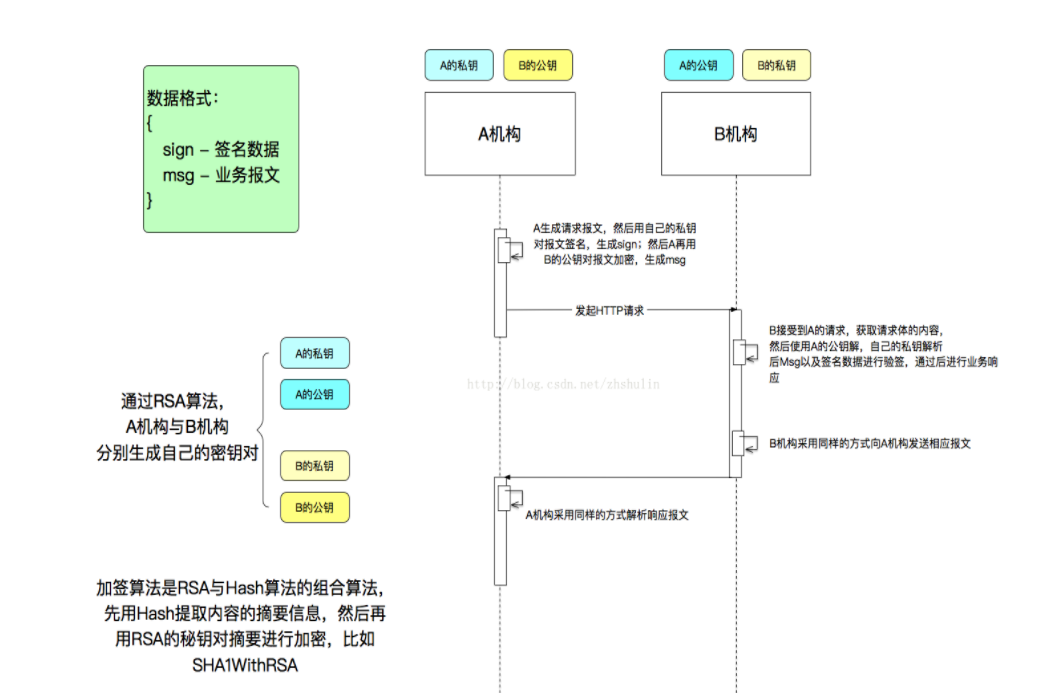I want to make a Python program that will run a bisection method to determine the root of:
f(x) = -26 + 85x - 91x2 +44x3 -8x4 + x5
The Bisection method is a numerical method for estimating the roots of a polynomial f(x).
Are there any available pseudocode, algorithms or libraries I could use to tell me the answer?
Here's some code showing the basic technique:
>>> def samesign(a, b):
return a * b > 0
>>> def bisect(func, low, high):
'Find root of continuous function where f(low) and f(high) have opposite signs'
assert not samesign(func(low), func(high))
for i in range(54):
midpoint = (low + high) / 2.0
if samesign(func(low), func(midpoint)):
low = midpoint
else:
high = midpoint
return midpoint
>>> def f(x):
return -26 + 85*x - 91*x**2 +44*x**3 -8*x**4 + x**5
>>> x = bisect(f, 0, 1)
>>> print x, f(x)
0.557025516287 3.74700270811e-16
You could see the solution in an earlier Stack Overflow question here that uses scipy.optimize.bisect. Or, if your purpose is learning, the pseudocode in the Wikipedia entry on the bisection method is a good guide to doing your own implementation in Python, as suggested by a commenter on the the earlier question.
My implementation is more generic and yet simpler than the other solutions: (and public domain)
def solve(func, x = 0.0, step = 1e3, prec = 1e-10):
"""Find a root of func(x) using the bisection method.
The function may be rising or falling, or a boolean expression, as long as
the end points have differing signs or boolean values.
Examples:
solve(lambda x: x**3 > 1000) to calculate the cubic root of 1000.
solve(math.sin, x=6, step=1) to solve sin(x)=0 with x=[6,7).
"""
test = lambda x: func(x) > 0 # Convert into bool function
begin, end = test(x), test(x + step)
assert begin is not end # func(x) and func(x+step) must be on opposite sides
while abs(step) > prec:
step *= 0.5
if test(x + step) is not end: x += step
return x
With tolerance:
# there is only one root
def fn(x):
return x**3 + 5*x - 9
# define bisection method
def bisection( eq, segment, app = 0.3 ):
a, b = segment['a'], segment['b']
Fa, Fb = eq(a), eq(b)
if Fa * Fb > 0:
raise Exception('No change of sign - bisection not possible')
while( b - a > app ):
x = ( a + b ) / 2.0
f = eq(x)
if f * Fa > 0: a = x
else: b = x
return x
#test it
print bisection(fn,{'a':0,'b':5}, 0.00003) # => 1.32974624634
Live: http://repl.it/k6q




